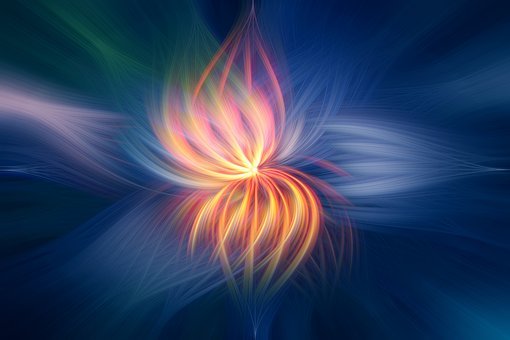Judaism asks us to meditate on the events of the past to better reflect on our future.
According to the Zohar, unlike the first two Temples, the third will be defined by its eternal character. The basic book of Jewish mysticism takes as its reference a verse from the Tehillim “…if G‑d does not build the house, its builders have invested themselves for nothing…” (Psalm 127; 1). Rabbi Shimon Bar Yohai asserts that the first two Temples could not last because they were built by human beings. The third, which will be the work of Gd, will therefore be eternal.
In the same vein, the Talmud compares the three patriarchs with the three Temples by associating them with very specific places.
The mountain is associated with Abraham (Mount Moria) and the field with Yitzchak (who prays to Mincha). As for Yaakov, he makes us think of a house (of study) which is an allusion to the Third Temple. What difference can we find between these three places? Commentators explain that the first two Temples are like a mountain and a field, places that are only temporary places of life like the first two Temples which lasted only four centuries. On the other hand, the third Temple will be eternal, like a house whose foundations are solid.
More than Yom Kippur
This superiority of the Third Temple is not explained only by the fact that It will be built by Gd.
The first Temple, built by King Solomon, was the culmination of an intense spiritual unveiling. Its inauguration took place on the day of Yom Kippur and this fast was exceptionally canceled for once given the importance of the event! However, it was eventually destroyed because the spiritual light that radiated there was not fully integrated here. This is what explains, moreover, at the time, the profusion of false prophets and the people’s frenzied adherence to idolatry. As this spiritual light was not positively exploited by men, it served the cause of evil and brought about the destruction of the building.
The second Temple was built by men from exile in Babylon. Despite their efforts, they did not benefit from any divine inspiration to build this second Temple. Indeed, five elements were missing which considerably reduced the holiness of the place (the fire which descended from heaven, the holy Ark, the Shehina-the divine presence, the prophetic spirit and the holiness of the breastplate of the Kohen gadol). All the efforts of men could not last and for the second time the House of Gd was ravaged by flames.
Gd and man
The third Temple will be eternal because it will be endowed with each of the qualities of the first two Temples. Gd and man will be partners in building it up. Indeed, with the coming of Mashiach, the Third Temple will bring to the world an unveiling of spirituality such as the universe has never known. This era will be the culmination of the messirut nefesh (gift of self-devotion) of the Jewish people during the period of exile. It is this conjunction of the divine and the human that will make the Temple a source of intense spirituality enlightening all of humanity. This will be the fulfillment of the prophecy of Isaiah (II, 3):
“And many peoples shall come saying, Let us climb the mountain of the Lord to come to the house of the God of Jacob, that he may teach us his ways, and that we may follow his paths, for out of Zion comes the Torah and the word of the Lord from Jerusalem. »
Rabbi Yaakov Spitezki

